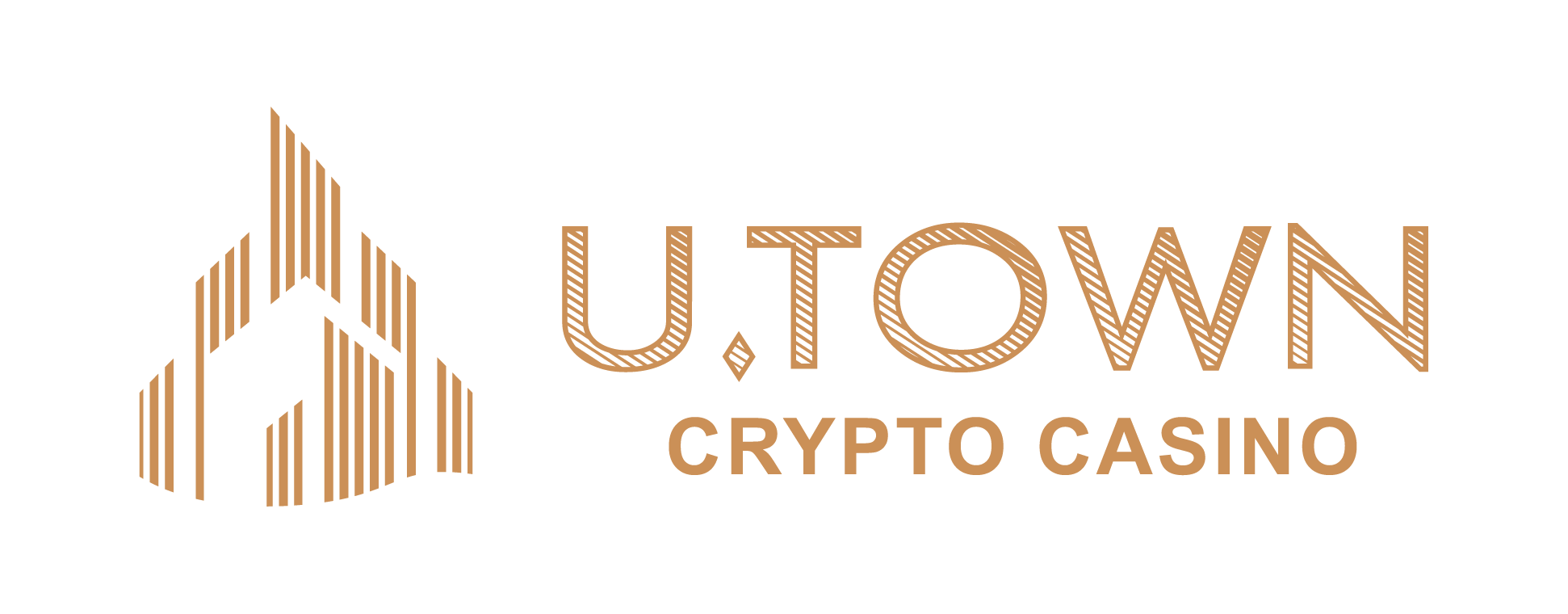The growing appeal of stablecoins in the cryptocurrency industry has been leading to increases in regulatory scrutiny. Tether, the leading stablecoin by market valuation, has been attracting much scrutiny. In response, other fiat-pegged currencies have been attempting different approaches to avoid using the banking system altogether.

Tether Is King In Many Ways
When glancing over the stablecoin segment in cryptocurrency, ignoring Tether (USDT) is impossible. It is the world’s leading stablecoin by market capitalization and overall trading volume. At a current market cap of over $80 billion, Tether is only behind Bitcoin (BTC) and Ethereum (ETH) in these rankings. That makes the project more “valuable” than thousands of crypto assets, including Ripple (XRP), Dogecoin (DOGE), Binance Coin (BNB) and many others.
Additionally, Tether commends the highest trading volume of all stablecoins. With over $45 billion in daily volume — primarily across Bitcoin, Ethereum, USD, and Circle (USDC) pairs — it is a dominant force in the industry. Unfortunately, that success also attracts ample scrutiny, as many people have started to question the company’s operations. More specifically, Tether claims it has the financial reserves to keep the USDT supply at its current level.
The problem here is how there has never been an audit of Tether’s reserves by an independent party. As a result, regulators have begun to pay much closer attention to Tether and how the company operates. The commercial paper reserves held by the company are especially of great interest. Figuring out which reserves the company holds is crucial in determining whether the company needs to be regulated in the future.
A recent unveiling by Tether of its reserves indicates not all USDT is backed by paper reserves. Instead, other vehicles are used to issue the asset, including bonds, secured loans and cryptocurrency. While the company will commit to a thorough audit in the coming months, many questions remain.
Not Tether’s First Tangle With Controversy
Since its inception in 2014, Tether has been at the forefront of attention and speculation. The project, formerly known as Real coin, initially promised that every Tether would be back 1-to-1 by traditional currency. That changed in 2019, when the company rephrased it to “100% backed by our reserves, including traditional currency.” Moreover, there is a mention of “including assets and receivables from loans made by Tether to third parties and affiliates entities.”
That latter part stirred much controversy, as there has been wild speculation as to how the same people run Bitfinex and Tether. While they are separate business entities, there is a significant overlap in personnel per the Paradise Papers. To this date, Bitfinex and Tether claim they operate independently from one another.
Tether’s dominant position has not changed despite these tussles and increasing regulatory scrutiny. There is no shortage of alternative stablecoins either, including USDC, BUSD, UST, DAI, FRAX, TUSD, USDP, etc. Most of these stablecoins pursue a similar strategy to Tether: Keep funds in a bank account to issue digital assets pegged to the U.S. Dollar. However, there are alternative options that may continue to build momentum.
Creating Different Types of Stablecoins
Besides fiat-backed stablecoins, developers have shown an appetite for experimenting with other concepts. The first solution is a commodity-backed stablecoin, relying on interchangeable assets, including precious metals, real estate, oil, etc. While it lets holders exercise ownership over real-world assets, it is not a very popular option among crypto enthusiasts today. The best-known commodity-backed stablecoin is Digix Gold, commanding a market cap of just under $1.3 million.
A second option comes in the form of crypto-backed stablecoins. It may seem unusual to issue a stablecoin tied to the most volatile assets in the world. However, such assets are also trustless and provide better transparency, even if they may require over-collateralization. Several such assets exist, including DAI, Wrapped Bitcoin, etc. These currencies do not necessarily represent the value of $1, but that of the underlying asset.
The last option is algorithmic stablecoins. Unlike any of the above, these currencies do not require assets to provide value. Instead, they use an algorithm to control the supply and its “peg” to $1. If demand rises, the supply goes up to bring the price back to normal. When the demand dwindles, outstanding coins are purchased back from the market to reduce the circulating supply.
Growing Demand For Tether Alternatives
Regardless of how the stablecoin is issued, a demand for alternative currencies to Tether’s USDT is inevitable. The fiat-backed approach remains popular for USDC and BUSD, with market caps of $52.7 billion and $17.7 billion. However, there is a strong increase in circulation for TerraUSD (UST), a currency that leverages an algorithmic peg. Users can swap $1 worth of LUNA – Terra’s native currency – for 1 UST and vice versa at all times. Its market cap has risen from $1.7 billion to $15.5 billion in the past year, confirming strong demand.
U.TOWN:https://u.town/en
